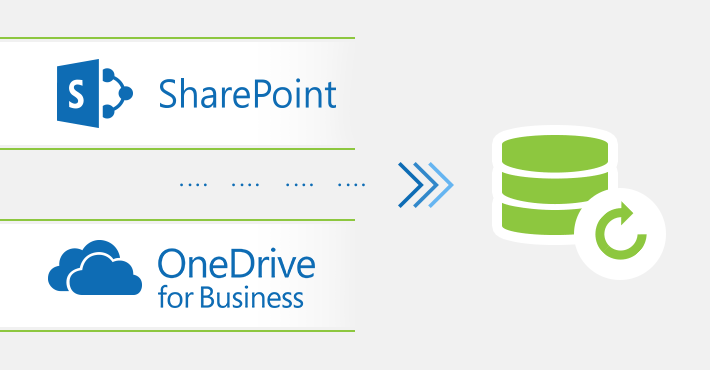

One of the most valuable things in the world of technology is data, which is why it needs to be protected at any cost. But unfortunately, we often hear that an employee or some company employees delete data on purpose or accidentally, which causes the company to waste a lot of money because of the lack of control over the data.
In most organizations, all information is on the employee's computer or mobile phone. So here we need to ask ourselves, who owns that data in this case, the company or employees?
In fact, the company must own data because it pays employees for collecting and processing that data, so the data is the company's property. But is it really? Can the company control data?
How can we make the company control its data?
One of the efficient ways of controlling data is by using Microsoft 365 and to be more specific Exchange Online and OneDrive which enable instant syncing between all devices and OneDrive Cloud. And with the eDiscovery hold feature in OneDrive when a file or some files have been deleted intentionally or accidentally the admin will be notified and he can restore those files even after 3 months.

Also, using Exchange Server Online and activating the litigation hold feature, if an employee erases his e-mails intentionally or accidentally, the system administrator can restore those deleted e-mails.
For more information about how to use eDiscovery hold, see this link.
Finding the Right Balance with Employees
The company's data ownership and privacy are difficult to understand. When a new employee joins the company, your company's policy document should clearly outline your policies regarding privacy and data at the workplace in the company. Let employees know when they are being monitored and explain who owns what data on the company and individual devices. This information should be included in their training, and all data in the company must be safe in the cloud or a server for sudden and unwanted situations, as we mentioned above.